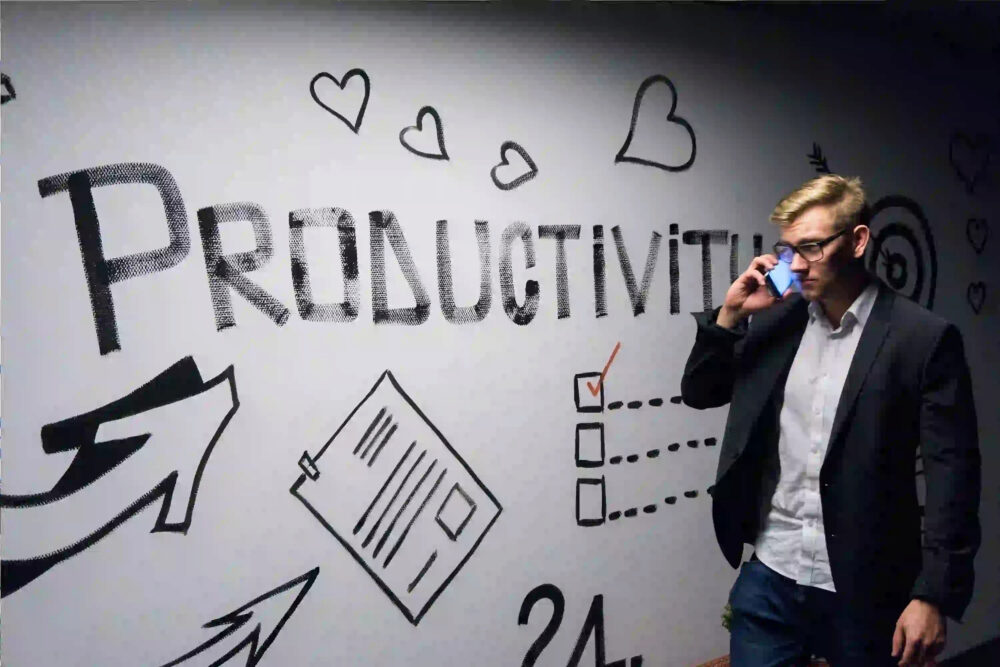Communication is the foundation of human interaction. It allows us to connect, understand, and collaborate with others. However, effective communication is not always easy to achieve. Misunderstandings, misinterpretations, and conflicts can often arise, leading to unproductive conversations. In this blog post, we will explore the art of effective communication and provide strategies to engage in productive conversations.
The Power of Active Listening
One of the key elements of effective communication is active listening. It involves giving your full attention to the speaker, understanding their message, and responding appropriately. Active listening requires more than just hearing the words; it involves paying attention to body language, tone of voice, and non-verbal cues.
To practice active listening, make sure to maintain eye contact with the speaker, nod your head to show understanding, and ask clarifying questions when needed. Repeat or paraphrase the speaker’s message to ensure that you have understood correctly. By being fully present and engaged in the conversation, you create a safe and supportive space for effective communication.
Clear and Concise Communication
Clarity is essential when it comes to effective communication. Using concise and straightforward language helps to convey your message more effectively. Avoid jargon, technical terms, or complicated explanations that may confuse the listener. Instead, use simple and relatable examples to illustrate your point.
Consider the needs and knowledge level of your audience when communicating. Adjust your language and tone accordingly to ensure that your message is easily understood. Remember, effective communication is not about showing off your vocabulary; it’s about being understood by others.
Emotional Intelligence and Empathy
Emotional intelligence plays a crucial role in effective communication. It involves understanding and managing your emotions and being aware of the emotions of others. By practicing empathy, you can connect with others on a deeper level and foster better communication.
Empathy involves putting yourself in the shoes of the other person and trying to understand their perspective. It requires active listening and acknowledging their emotions without judgment. By showing empathy, you create an atmosphere of trust and respect, which enhances the quality of the conversation.
Non-Verbal Communication
Communication is not just about words; non-verbal cues also play a significant role. Pay attention to your body language, facial expressions, and gestures when engaging in a conversation. Maintain an open posture, make eye contact, and use appropriate hand movements to convey your message effectively.
Be mindful of the non-verbal cues of the person you are communicating with as well. These cues can provide valuable insights into their thoughts and feelings. Understanding and responding to non-verbal communication can help in building rapport and understanding.
Conflict Resolution and Constructive Feedback
In any conversation, conflicts and differences of opinion can arise. Handling conflicts in a productive manner is essential for effective communication. Instead of becoming defensive or aggressive, focus on finding common ground and resolving the issue. Practice active listening, empathy, and open-mindedness to understand the other person’s perspective.
Constructive feedback is another important aspect of effective communication. When providing feedback, focus on specific behaviors or actions and avoid personal attacks. Use “I” statements to express your thoughts and feelings, and provide suggestions for improvement. Constructive feedback helps to foster growth and development in both personal and professional relationships.
Practice and Patience
Effective communication is a skill that requires practice and patience. It takes time to develop the ability to communicate clearly, actively listen, and understand others. Be open to learning from your experiences and seek feedback to improve your communication skills continuously.
Remember, effective communication is a two-way street. It requires effort and commitment from all parties involved. By implementing the strategies mentioned in this blog post, you can enhance your communication skills and engage in productive conversations that lead to better understanding and collaboration.
Conclusion
The art of effective communication is essential in all aspects of life. By practicing active listening, using clear and concise language, demonstrating empathy, being mindful of non-verbal cues, resolving conflicts, and providing constructive feedback, you can become a better communicator. Remember that effective communication is a skill that can be developed with practice and patience. So, start implementing these strategies today and watch your conversations become more productive and meaningful.
